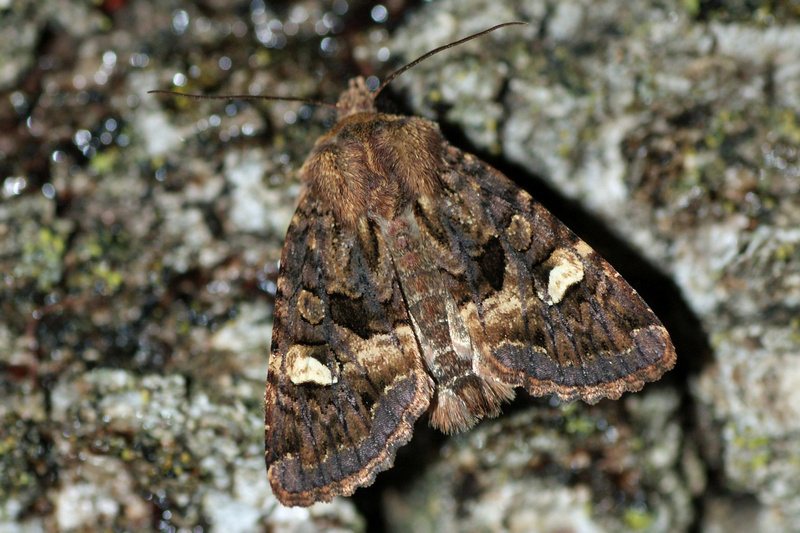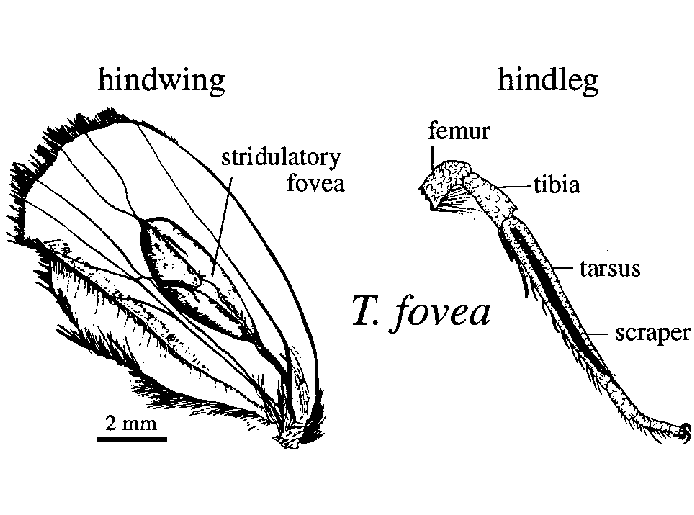By Reba Kocher
Listen to the blog post here: mandolin moth.mp3
 .
.
Mandolin Moth just hanging out
Today’s lepidoptera comes from the Noctuidae family. This family is also known as the owlet moths because of their drab, brown, and owlish colored wings. The Noctuidae are the second largest family of lepidoptera with 11,772 species! Because of new evolutionary research being done, the clades are constantly changing, so we might be seeing this number change over the next decade (learn more about evolutionary trees here: https://evolution.berkeley.edu/evolibrary/search/imagedetail.php?id=260)
One of the coolest members of this family is Rileyiana fovea, also known as Thecophora Lederer or the Mandolin Moth. This moth is found mostly in Eastern Europe, but it can also be found in the Mediterreanean. They have tan and brown wings and big, hairy tan bodies. The interesting part about this moth is that the males when looking for mates play a song. Their bodies, unlike other moths and butterflies, are not flat. Instead, they are concave like a mandolin (hence the name). On one of his wings he has a knotted vein, which he scratches with his hind leg. This sound creates a romantic and irresistible song that attracts any female Mandolin Moth nearby. I’ve been looking for a video or sound clip of the song, but I have not had much luck. This seems to be a pretty rare moth, and there are not many guides written about it. If you make it to Austria or Bulgaria, you might be able to see one and hear his song!

A graphic that shows you the knotted vein and the hairs on the moth's leg used in this mating song.
